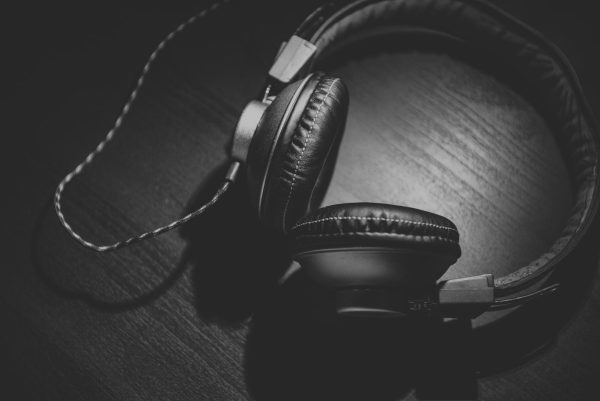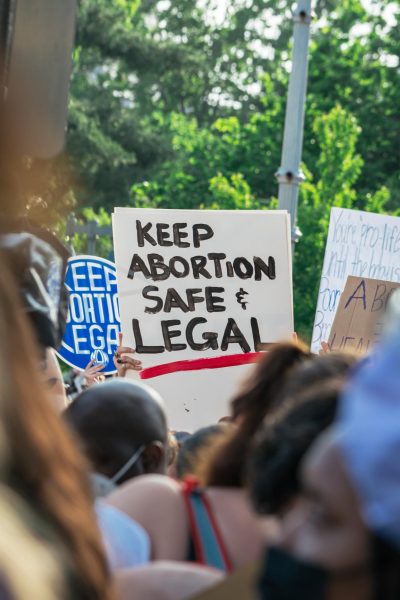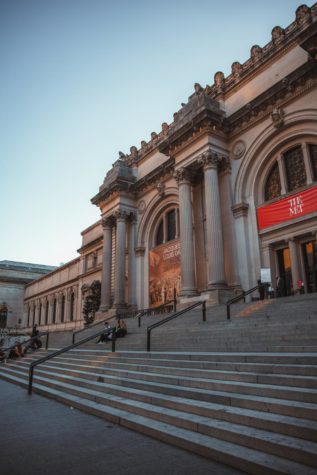Are Non-POC Safe Spaces Racist?
September 29, 2020
The University of Michigan has recently come under fire for creating two online “cafes” or “safe spaces” divided by race. There were originally two virtual cafes being hosted at the same time via video call app Zoom: one for students of color and one for white students. This is a direct example of modern-day segregation.
Segregation is when two groups are separated by a certain characteristic, such as race, sexuality, gender or religion. Here, there are two groups being separated by race in the university.
According to the University of Michigan, the cafes “intended to provide members of our campus community with opportunities to reflect on their lived experiences.” The university wanted to create a space for both racial groups for them to talk about their experiences on campus.
A safe place is an environment where a group of people can feel protected from prejudice, harassment, criticism, racism, or judgment. People of color are clearly prejudiced against in daily life, while on the other hand white people aren’t oppressed, at least on account of their skin color, hence the term “white privilege.”
A U.S Department of Justice report from 2007 shows that compared to white people, Black and Latinx people are three times as likely to be stopped by cops, and twice as likely to be arrested. According to the report, Black and Latinx individuals are four times as likely “to experience the threat or use of force during interactions with the police.” It’s clear that white people have privilege on account of solely their skin color. Why did the school feel compelled to create a safe space for whites?
Since the incident, the university has released a statement in order to apologize for the “wording” of these actions and using the word “cafe,” but not for the result of segregation usage in the online cafes. These online groups are still going to continue to meet but under different wording. The school tried to show their diversity and inclusivity through this, but this action rather contradicts those motives, creating a dangerous example for the future of racial equity in universities.













